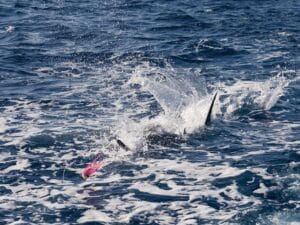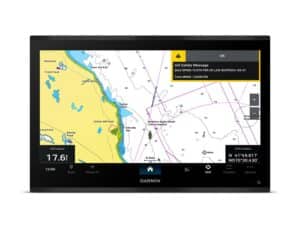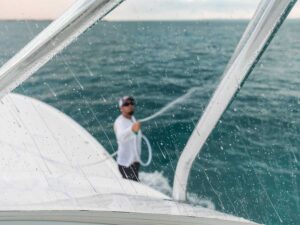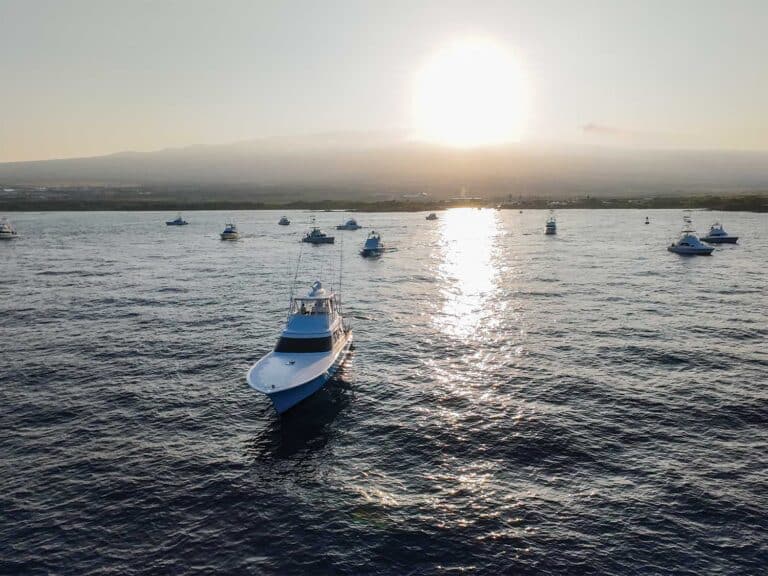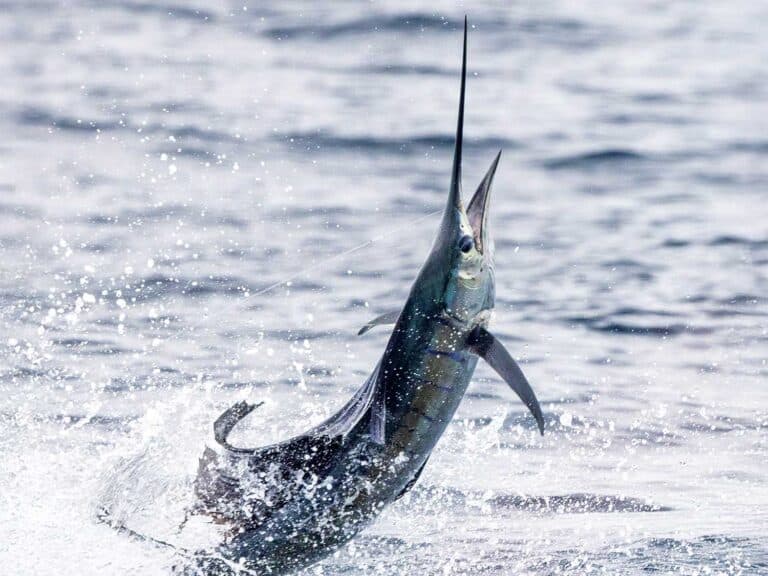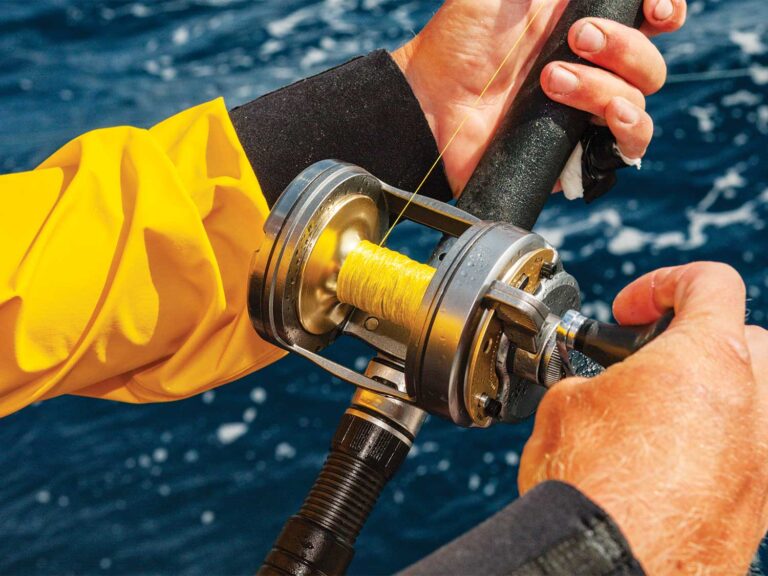One of the most significant recent advances in sonar has been the introduction and widespread adoption of chirp technology. It’s an acronym for “compressed high intensity radar pulse,” and it’s not so much a new type of sonar but, instead, a better way to process and display traditional two-dimensional sonar returns. Chirp generates an image using a wider range of frequencies, which allows the processor to produce a much more accurate and detailed sonar image of fish, structure or the bottom.
Using this technology, it’s even possible to mark individual game fish, such as marlin and sailfish. These will look like larger single returns or even the classic chevrons we are already familiar with, but with much greater detail. Chirp will also separate larger returns from schools of bait as well, and will show multiple billfish even in a tight group.
A marked billfish will often quickly rise to a bait, lure or teaser, so be alert for a bite — it takes only seconds for a sailfish or marlin to swim to the surface from several hundred feet below the surface. If you’re marking fish but not getting bites, consider changing up the baits or lures, or save those waypoints and revisit the area later. At some point, those fish will feed, and you want to be there when they do.

